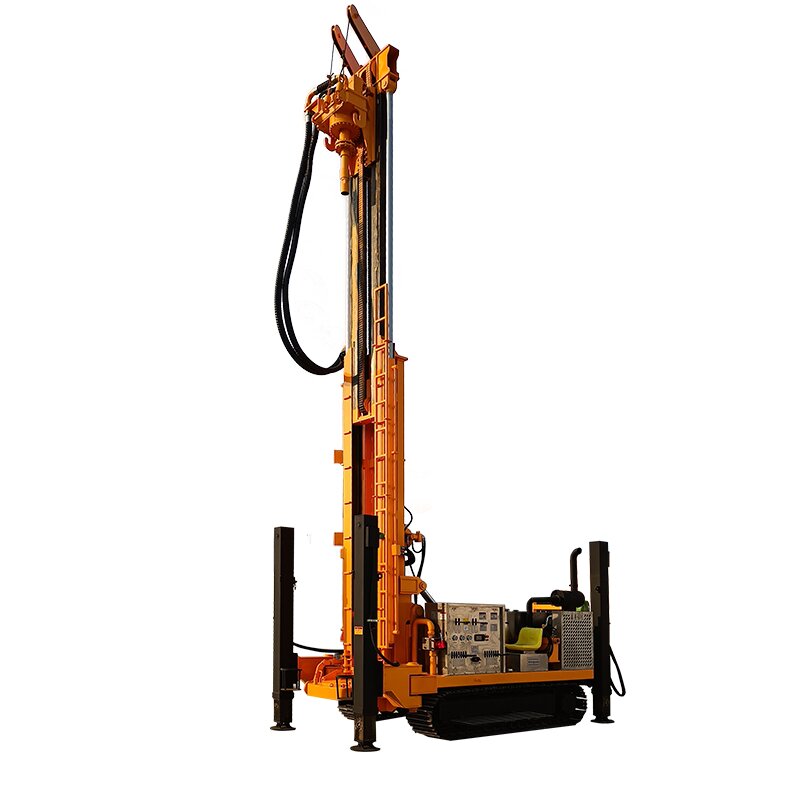Tips for Minimizing Water Well Drilling Costs
While drilling a water well can be an investment, there are several strategies to make it more affordable:
1. Plan Ahead:
Research: Thoroughly research local drilling companies, their rates, and any applicable permits or regulations.
Budgeting: Set a realistic budget and stick to it.
Water Testing: Consider testing the water quality in your area before drilling to determine if you need additional treatment systems.
2. Consider Alternatives:
Shallow Wells: If your water table is shallow, a hand-dug well or a smaller, less expensive drilling rig might suffice.
Rainwater Harvesting: Collecting rainwater can supplement your water supply and reduce reliance on a well.
3. Negotiate:
Shop Around: Get quotes from multiple drilling companies and negotiate for the best price.
Payment Terms: Discuss payment terms and consider options like financing or down payments.
4. DIY:
If you have the skills and equipment, consider drilling a shallow well yourself. However, this requires caution and knowledge of local regulations.
5. Government Assistance:
Grants or Subsidies: Research if your area offers government grants or subsidies for well drilling, especially for rural areas or low-income households.
6. Energy Efficiency:
Choose an Efficient Rig: Opt for a drilling rig with energy-efficient features to reduce operating costs.
7. Maintenance and Upkeep:
Proper Maintenance: Regular maintenance can extend the life of your drilling equipment and reduce repair costs.
8. Optimize Drilling Practices:
Effective Techniques: Using efficient drilling techniques can minimize time and costs.
Proper Drilling Fluid: Selecting the right drilling fluid can help prevent problems and reduce costs.
9. Consider Alternatives:
Water Treatment: If your water source has quality issues, consider treatment options instead of drilling a deeper well.
Remember, while these strategies can help reduce costs, it's essential to prioritize safety and quality when drilling a water well.
if you don't know how to select the right water well drilling rig, click the link below to contact our professional team directly.

Comments
Post a Comment